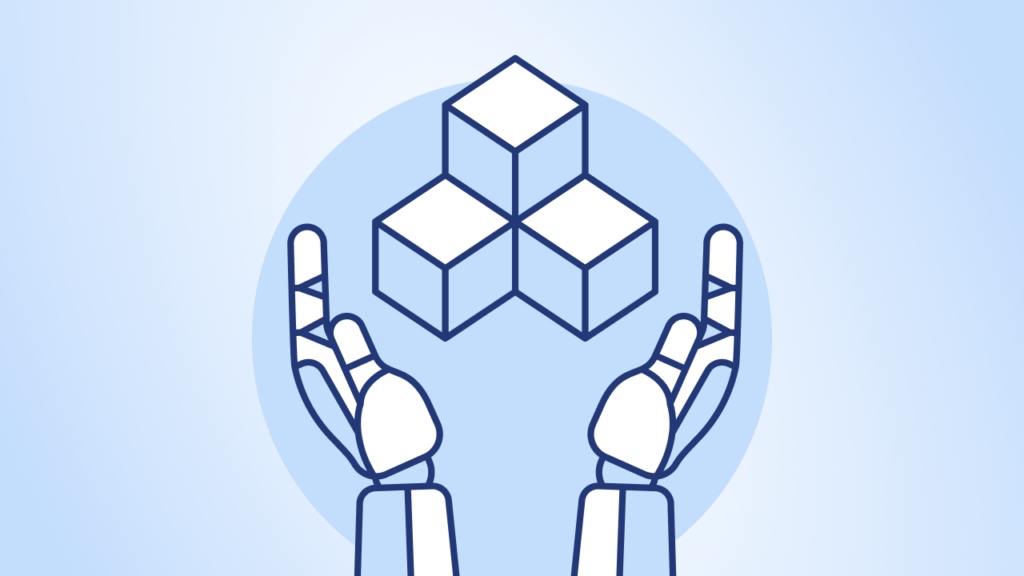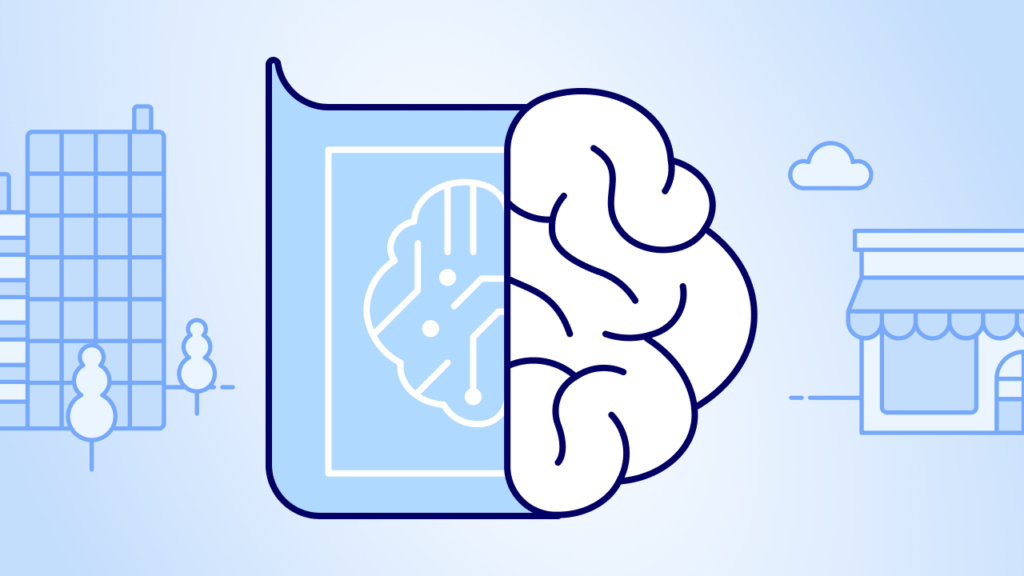Top 7 AI Automation Apps to Try in 2025
Businesses are always looking to streamline and increase productivity. Enter AI automation apps – powerful tools that harness artificial intelligence’s power to change how we work.
These AI automation tools don’t just follow rules—they learn from data, adapt to patterns, and make intelligent decisions, allowing you to offload repetitive tasks and focus on strategic growth. Using machine learning algorithms and advanced data analysis, AI automation platforms can learn from past experiences and adapt to new situations, improving over time.
The possibilities are endless, from automating customer support and data entry to marketing and financial forecasting. As businesses across industries go digital, AI automation apps have become essential for efficiency and growth.
Try MESA free for its built-in AI automation tools and improve any workflow!
Topics:
Top AI automation tools
1. AirOps
AirOps uses AI to provide advanced data analysis and automation so you can make decisions quickly. The platform has strong integrations with business intelligence tools, allowing you to easily add AI-driven insights into your existing workflows. AirOps’ no-code interface allows users of all technical levels to create and implement AI automation.
However, AirOps mainly focuses on marketing content generation, so it may not be suitable for businesses looking for automation solutions in other areas. Non-technical users may have a steep learning curve when first using the platform.
Pros:
✅ AI-powered data analysis and automation for advanced decision-making
✅ Strong integrations specific to marketing content generation
Cons:
❌ Limited integrations outside of marketing automation
❌ Steep learning curve for non-technical users
Takeaway:
👍 Great for technical users to automate their content teams.
2. Lindy
Lindy takes a new approach to AI automation by providing an AI assistant with automation capabilities, essentially an intelligent virtual employee. Using natural language processing (NLP), Lindy lets you execute commands and automate tasks with simple conversational language. This easy interaction method allows you to seamlessly integrate AI automation into your daily operations without needing complex programming or extensive training.
As Lindy is still in the early stages, it may have fewer integrations than more established platforms. Also, it lacks deep integrations, which may make it unable to handle complex automation scenarios.
Pros:
✅ AI assistant with automation capabilities (acts as an intelligent virtual employee)
✅ Natural language processing for easy command execution
Cons:
❌ Still in early development, fewer integrations are available
❌ Lacks deep integrations
Takeaway:
👍 For businesses looking for an AI-powered assistant that can automate tasks through natural language.
3. MESA
MESA offers AI integration solutions designed for pros who need advanced workflow customization. The visual builder and no-code interface let you build complex automation without requiring technical expertise. MESA’s commitment to customer support shines through in its 5-star reviews, with users raving about the personalized sessions to help them get the most out of the platform.
Pros:
✅ Easily train AI agents on your data to automate reporting and analysis
✅ Highly customizable with visual builder and no-code interface for complex workflows
Cons:
❌ Fewer connectors than competitors
❌ 7-day free trial but no free plan
Takeaway:
👍 The most affordable platform to customize AI agents trained on your business data.
Popular workflow templates:
MESA Template ID
mcp-send-slack-message
MESA Template ID
send-help-scout-summaries-to-asana
MESA Template ID
generate-ai-etsy-listing-titles
4. Scoutos
Scoutos automates marketing and sales tasks, a great option for businesses looking to streamline their customer acquisition and retention processes. The no-code interface lets you quickly set up and deploy AI-powered automation; no technical expertise is required. This ease of use makes Scoutos accessible to marketing and sales teams of all sizes to leverage the power of AI to optimize their workflows and results.
Though Scoutos is great for marketing and sales automation, its capabilities may not extend to other business areas. Also, the platform is still building its integration library, so it may not be able to connect with some third-party tools seamlessly.
Pros:
✅ Great for automating marketing and sales tasks
✅ Developer-friendly with API & SDK documentation
Cons:
❌ Limited beyond marketing and sales automation
❌ Still expanding its integration library
Takeaway:
👍 Great for marketing and sales teams looking for AI-driven workflow optimization.
5. Gumloop
Gumloop has a unique set of AI-powered tools that help you extract valuable data and insights from websites and documents. Furthermore, its AI-driven web scraping capabilities allow you to extract key information from any website, thereby simplifying data collection and analysis. The platform also has AI-powered SEO tools to automate keyword research, content optimization, and rank tracking to improve your search engine rankings.
Besides web scraping and SEO, Gumloop has AI-based document processing capabilities to extract data from documents, categorize and summarize content, and even fill out PDFs. These features make Gumloop a versatile tool for businesses looking to integrate AI into their customer-facing automation workflows.
Pros:
✅ Extract key data from any website with AI
✅ Boost your search rankings with AI-powered SEO tools. Automate keyword research, content optimization, and rank tracking.
Cons:
❌ Newer platform with less adoption
❌ Fewer third-party integrations than other automation platforms
Takeaway:
👍 Great for small businesses looking to integrate AI into customer-facing automation.
6. Relay
Relay is an AI-powered workflow automation platform that enhances team collaboration and also streamlines individual task automation. Moreover, its intuitive interface allows teams to automate repetitive workflows, improving efficiency and reducing manual work. In addition, Relay stands out with its strong team-focused features, making it ideal for businesses that rely on seamless collaboration.
However, while Relay excels at task automation, it may not be as flexible for complex AI-driven decision-making as other AI automation tools. Additionally, it lacks the advanced AI analytics features offered by some competitors.
Pros:
✅ Strong team collaboration features
✅ Great for individual task automation
Cons:
❌ Not as flexible for complex AI-driven decision-making
❌ Limited advanced AI analytics compared to competitors
Takeaway:
👍 Best for teams looking for AI-powered workflow automation to enhance collaboration and efficiency.
7. Active Pieces
Active Pieces is an open-source AI automation tool that gives users complete control over their workflows. With both no-code and low-code options, it offers flexibility for businesses and developers who want to create custom automation. Unlike proprietary platforms, Active Pieces benefits from a strong developer community, ensuring continuous improvements and support.
However, while the open-source nature benefits customization, advanced use may require technical knowledge. Additionally, its user interface is less polished than other commercial automation tools.
Pros:
✅ Open-source AI automation tool
✅ Strong developer community for support and enhancements
Cons:
❌ Requires technical knowledge for advanced use
❌ Less polished UI compared to other competitors
Takeaway:
👍 Best for developers and businesses looking for an open-source AI automation solution with customization options.
Getting started with AI automation
When you start your AI automation journey, start small and scale up.
Begin by automating a single workflow or exploring pre-built templates to see how prompts are structured. This way, you can test the waters and get familiar with the platform before diving into more complex automation.
As you automate AI, always keep a human in the loop, especially during the initial stages. This means regularly reviewing the AI-generated responses and making necessary adjustments to ensure accuracy and relevance.
Once you’ve automated a few tasks and gained confidence in the AI, then it’s time to scale. As you scale your automation, be sure to monitor performance metrics and gather feedback from users so you can continuously improve your AI-powered workflows.
Common AI automation mistakes to avoid
While AI automation can be a game changer for businesses, be sure to avoid these common pitfalls:
Always review and validate the AI-generated output before deploying it in production. This ensures accuracy and prevents errors from impacting your business.
Automation for the sake of automation can lead to inefficiencies and confusion. Before automating with AI, clearly define your goals and prioritize tasks that will yield the most results.
AI can handle many tasks autonomously, but it’s essential to have human oversight to detect any inconsistencies. Regularly review and make adjustments to optimize.
Key features to look for
When evaluating AI automation tools, look for:
Large library of latest AI models: Choose a platform with a wide range of AI models to suit your needs, whether it’s NLP, computer vision, or predictive analytics.
Integration: Ensure the AI automation app can integrate with your existing tools and systems for smooth data flow and minimal disruption to your current workflows.
Scalability: As your business grows, your AI automation needs will evolve. Choose a platform that can scale with your organization, handling increasing complexity and data volumes without performance degradation.
Focusing on these features can help you choose an AI automation app that meets your current needs and has the potential to grow with your business.
Frequently asked questions
The best AI automation tools include MESA, AirOps, Lindy, Relay, Gumloop, Scoutos, and Active Pieces. Each offers unique features for different use cases, such as eCommerce, data processing, and workflow automation.
AI is great at analyzing large datasets, identifying patterns, and making data-driven decisions which is great for improving efficiency.
Yes, MESA has a built-in AI tool and comes with a free trial. Other AI tools like Active Pieces (open-source) and some free-tier options from Relay and Gumloop allow users to experiment with AI automation at no cost, though premium features may require a paid plan.
Key features to consider are AI-driven decision-making, integrations with your existing tools, ease of use (no-code/low-code options), scalability, and security measures for data protection.




